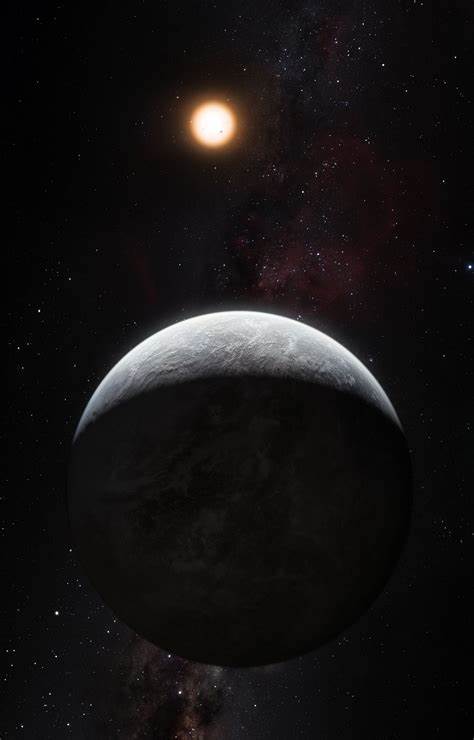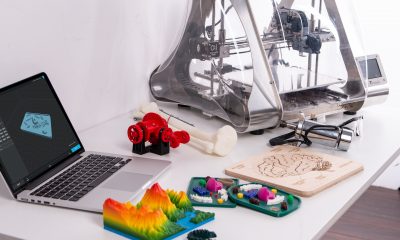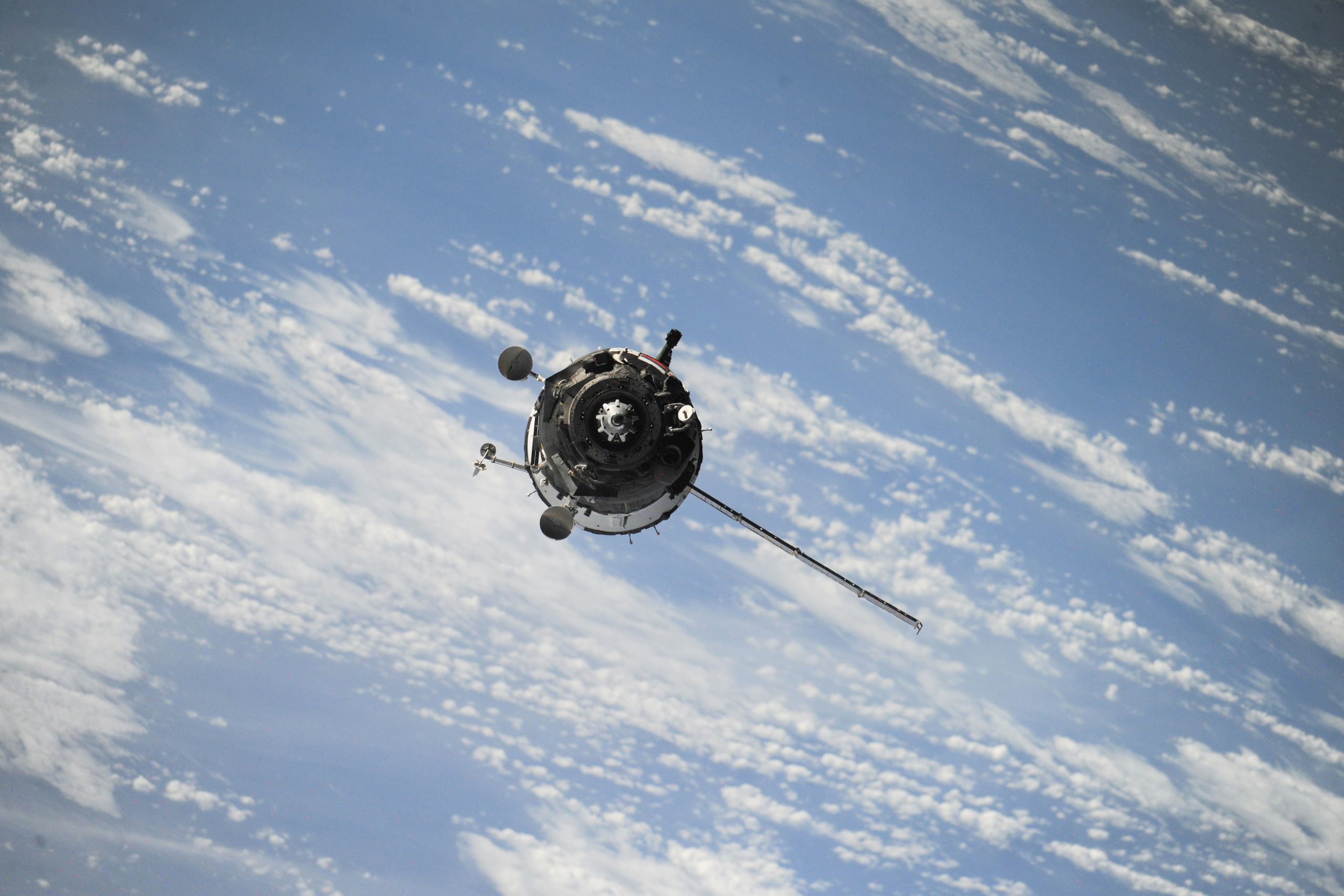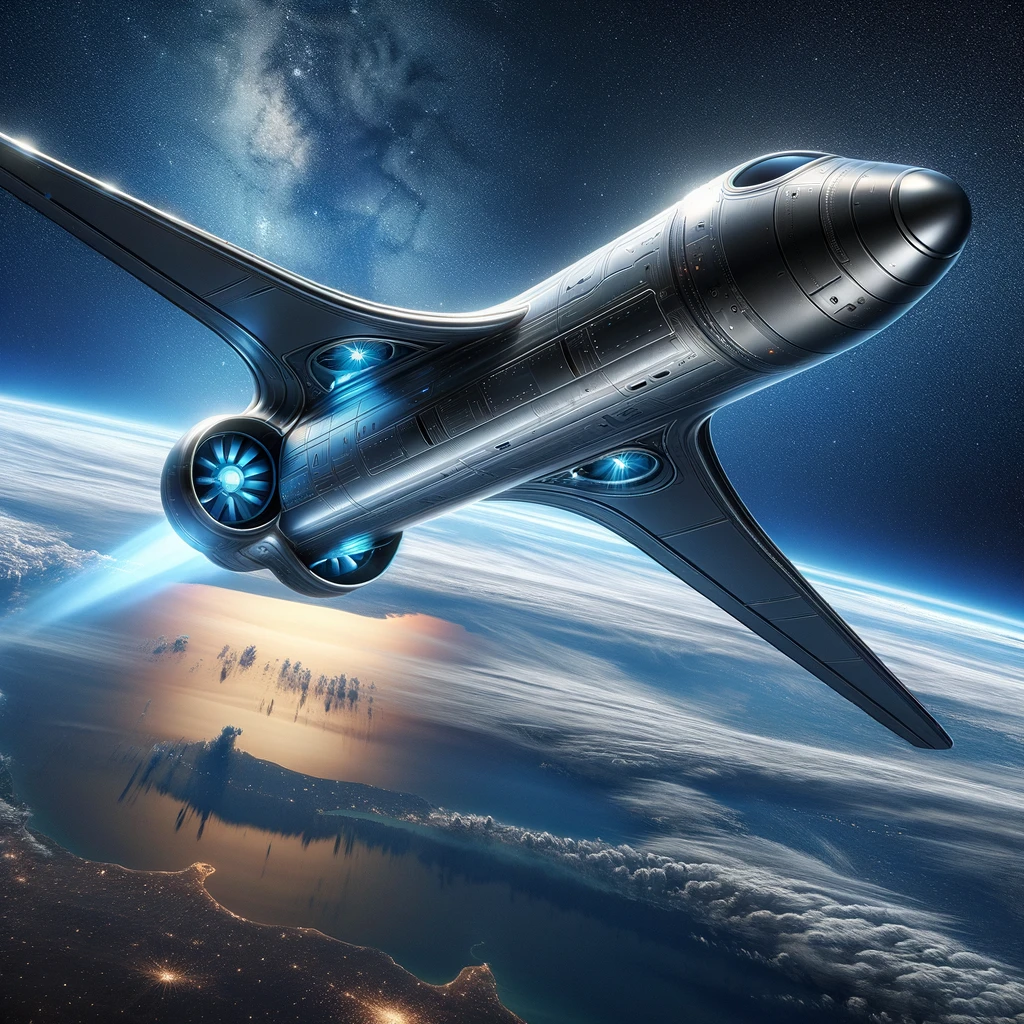In an unprecedented move, NASA has teamed up with the United Arab Emirates (UAE) to develop the first space station that will orbit the Moon, heralding a new era in lunar exploration. This collaboration, as reported by Bloomberg, signifies a monumental step in space exploration, combining the expertise and resources of two of the world’s most advanced space programs.
The Lunar Gateway: A Hub for Future Exploration
The project, known as the Lunar Gateway, is part of NASA’s broader Artemis program, which aims to return humans to the Moon and establish a sustainable presence by the end of the decade. The Gateway will serve as a vital outpost, orbiting the Moon and providing support for long-term human exploration of the lunar surface. It will also act as a staging point for future missions to Mars and beyond, playing a crucial role in the next generation of interplanetary exploration.
A Testament to International Collaboration
This partnership between NASA and the UAE underscores the importance of international collaboration in space exploration. The UAE, having successfully launched the Mars probe Hope in 2020, has emerged as a significant player in the global space community. This collaboration is a strategic alignment of the UAE’s ambitious space goals with NASA’s deep-rooted expertise and resources. The UAE’s investment in space technology and its commitment to fostering a knowledge-based economy have positioned it as a valuable partner in this historic endeavor.
Technological and Scientific Implications
The Lunar Gateway is set to be a marvel of modern space technology. It will include living quarters for astronauts, laboratories for scientific research, and docking ports for visiting spacecraft. This project is not just about reaching the Moon; it’s about establishing a sustainable model for space exploration that can be replicated for future missions, including those to Mars.
The scientific community is particularly excited about the potential for research on the Gateway. The unique environment of lunar orbit provides opportunities for groundbreaking research in fields such as astrophysics, earth science, and heliophysics. This research could lead to significant advancements in our understanding of the universe and our place in it.
Economic and Strategic Benefits
The economic implications of the Lunar Gateway project are vast. It represents a significant investment in space infrastructure, which will have long-term benefits for both NASA and the UAE. The project is expected to create jobs, stimulate technological innovation, and foster new industries related to space exploration and research.
Strategically, this partnership enhances the geopolitical standing of both nations in the realm of space exploration. For the UAE, it marks a significant step in its journey to become a leading nation in space technology and exploration. For NASA, it reinforces the United States’ commitment to maintaining its leadership in space and its willingness to collaborate with emerging space nations.
Challenges and Future Prospects
Despite the excitement, the project is not without its challenges. Building and maintaining a space station in lunar orbit is a complex and costly endeavor. It requires advanced technology, significant financial investment, and international cooperation. However, the potential rewards of this project far outweigh the challenges.
Looking ahead, the Lunar Gateway is just the beginning. It lays the groundwork for a new era of space exploration, where international partnerships and collaboration are key. The knowledge and experience gained from this project will be invaluable as humanity continues to reach for the stars.
In conclusion, the partnership between NASA and the UAE to build a space station orbiting the Moon is a landmark achievement in space exploration. It represents a fusion of ambition, technology, and international collaboration, setting the stage for a new chapter in humanity’s quest to explore the cosmos. As we look to the future, the Lunar Gateway stands as a beacon of what can be achieved when nations come together to push the boundaries of what is possible.


 Home3 years ago
Home3 years ago
 Medical3 years ago
Medical3 years ago
 Gadgets3 years ago
Gadgets3 years ago
 Environment3 years ago
Environment3 years ago
 Medical3 years ago
Medical3 years ago
 Energy3 years ago
Energy3 years ago













